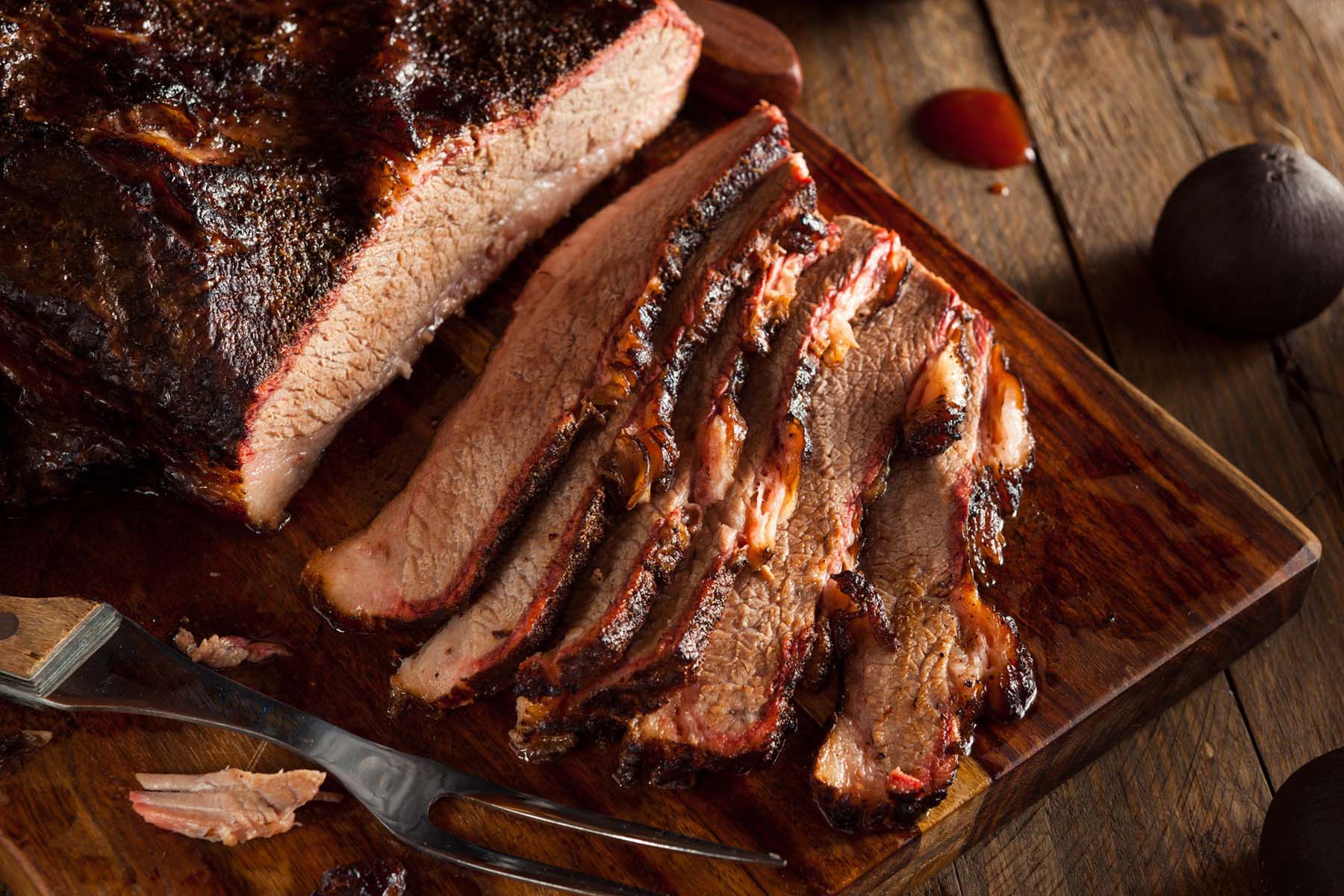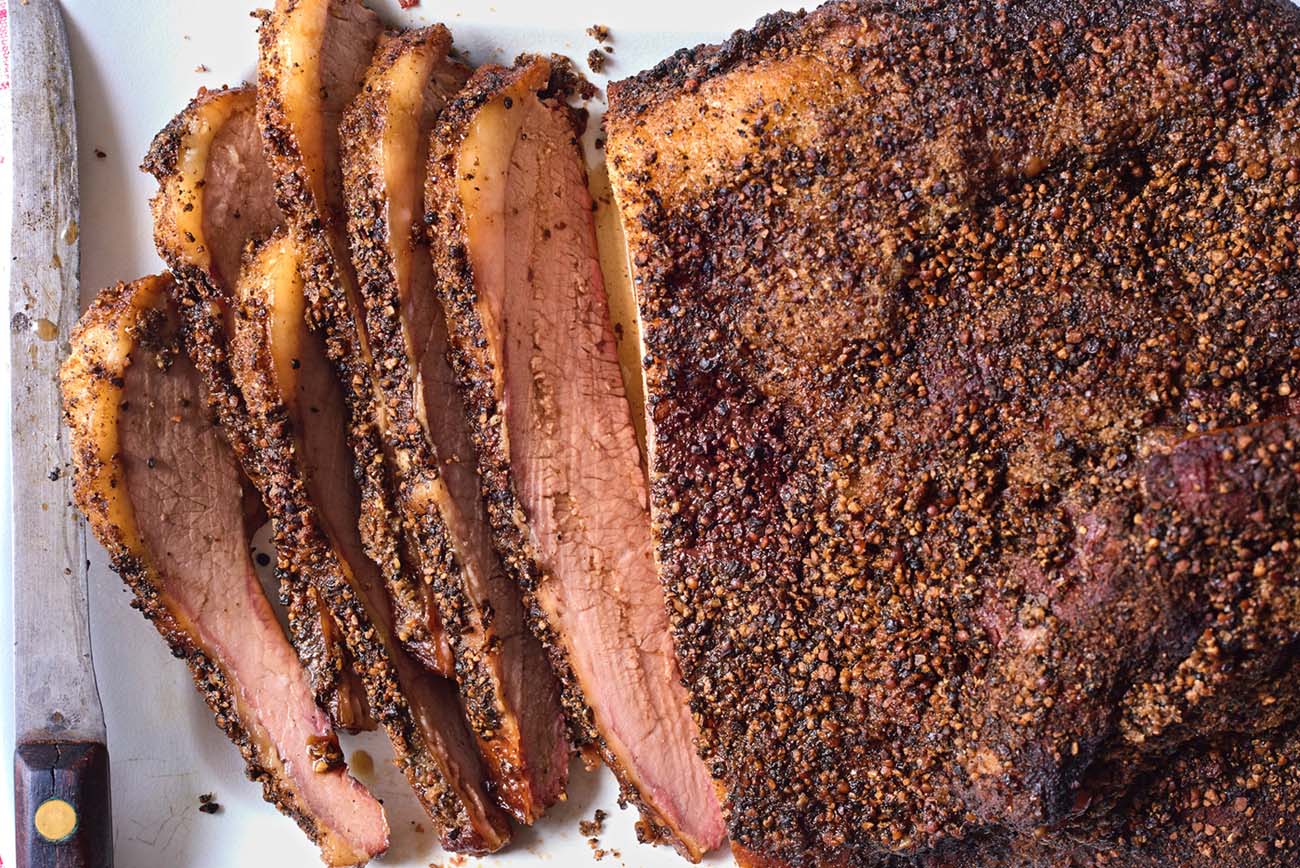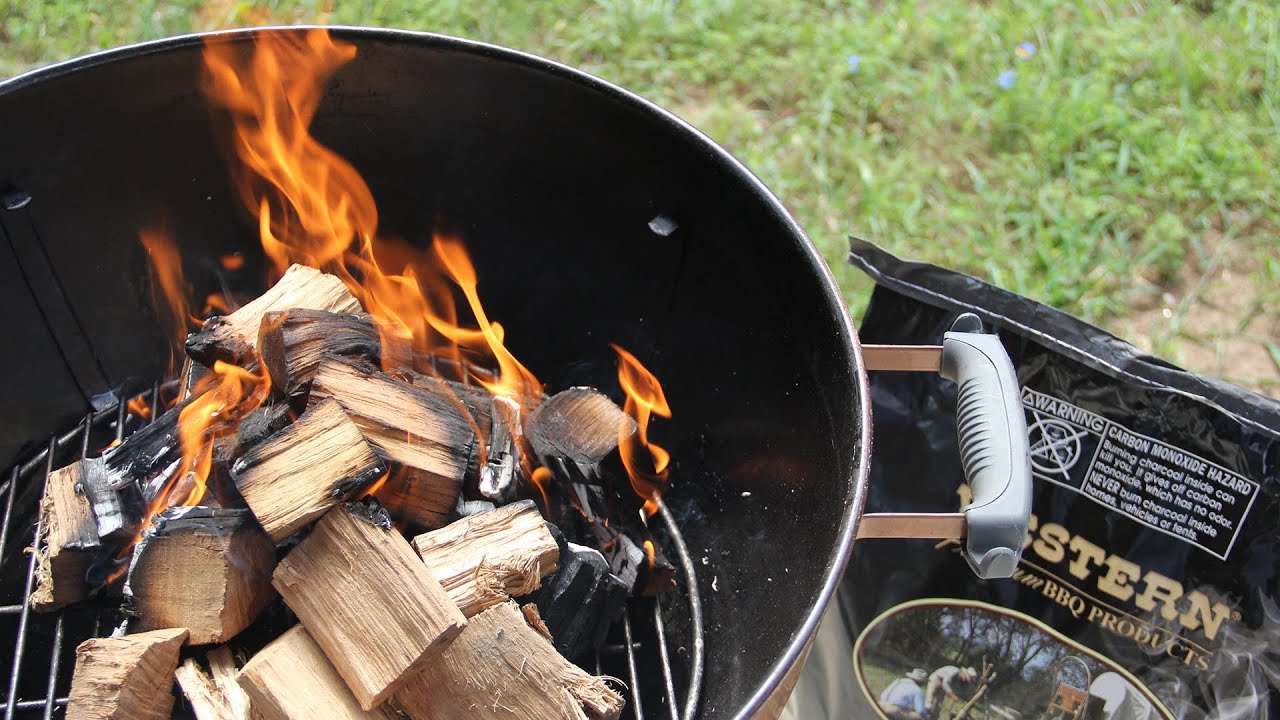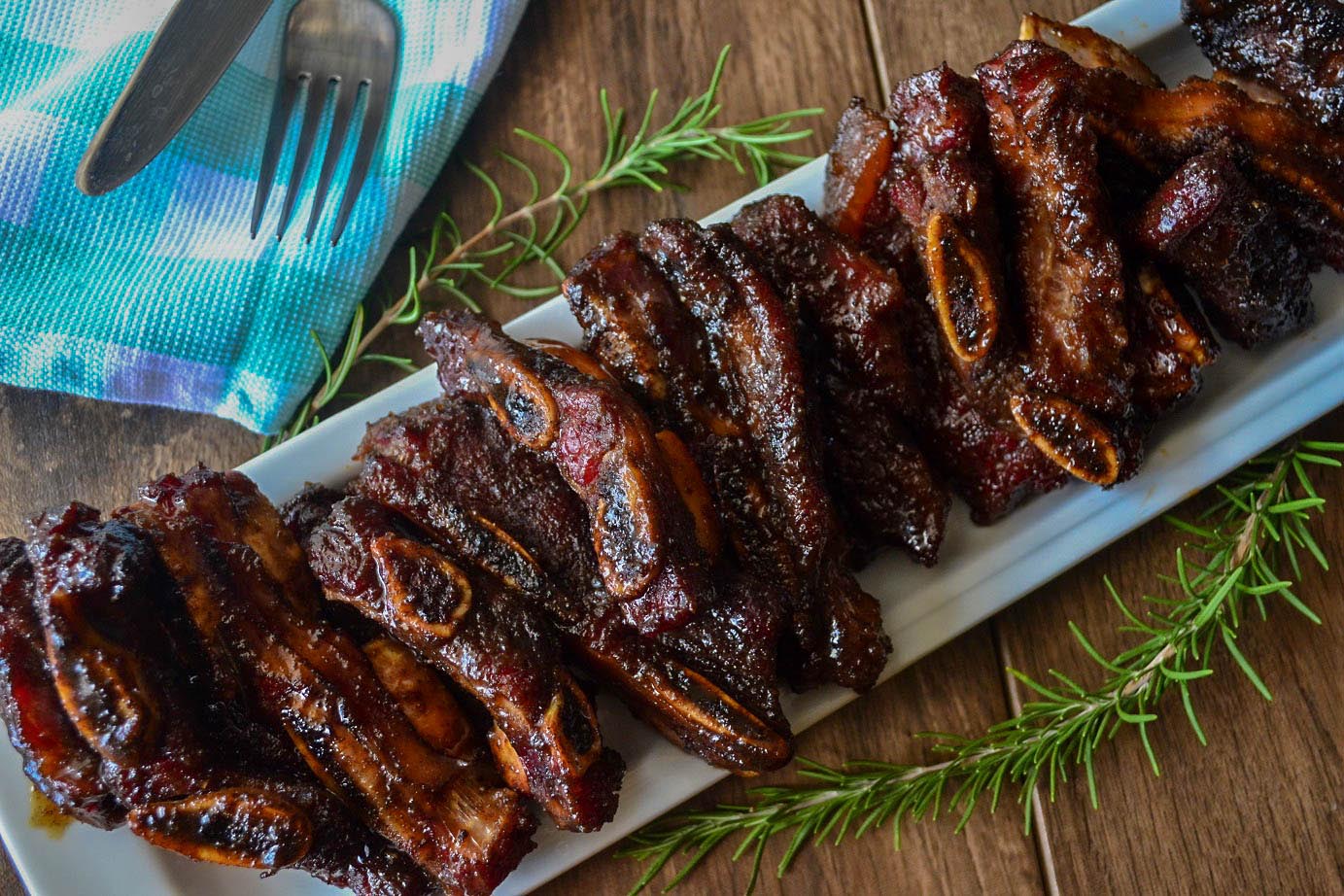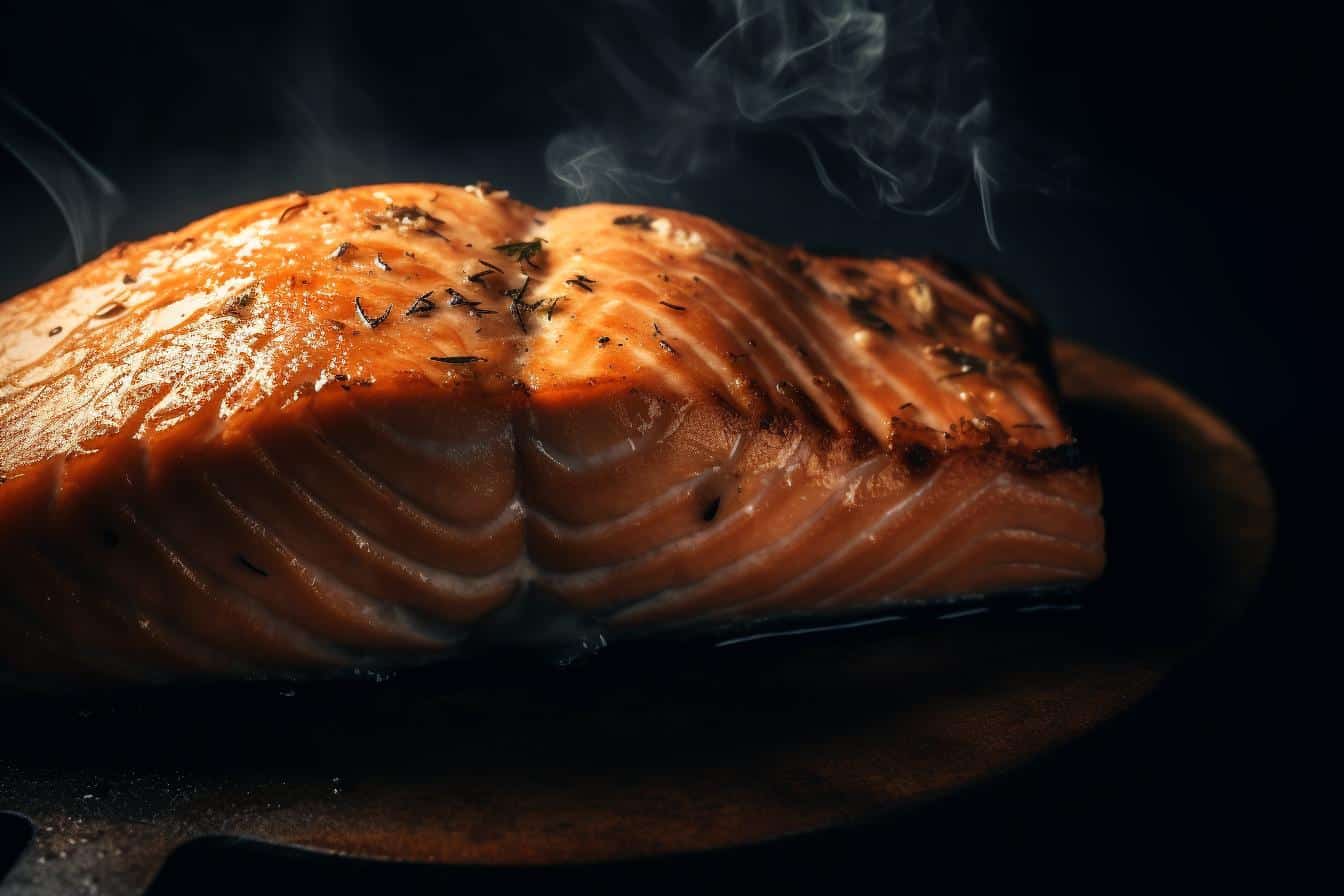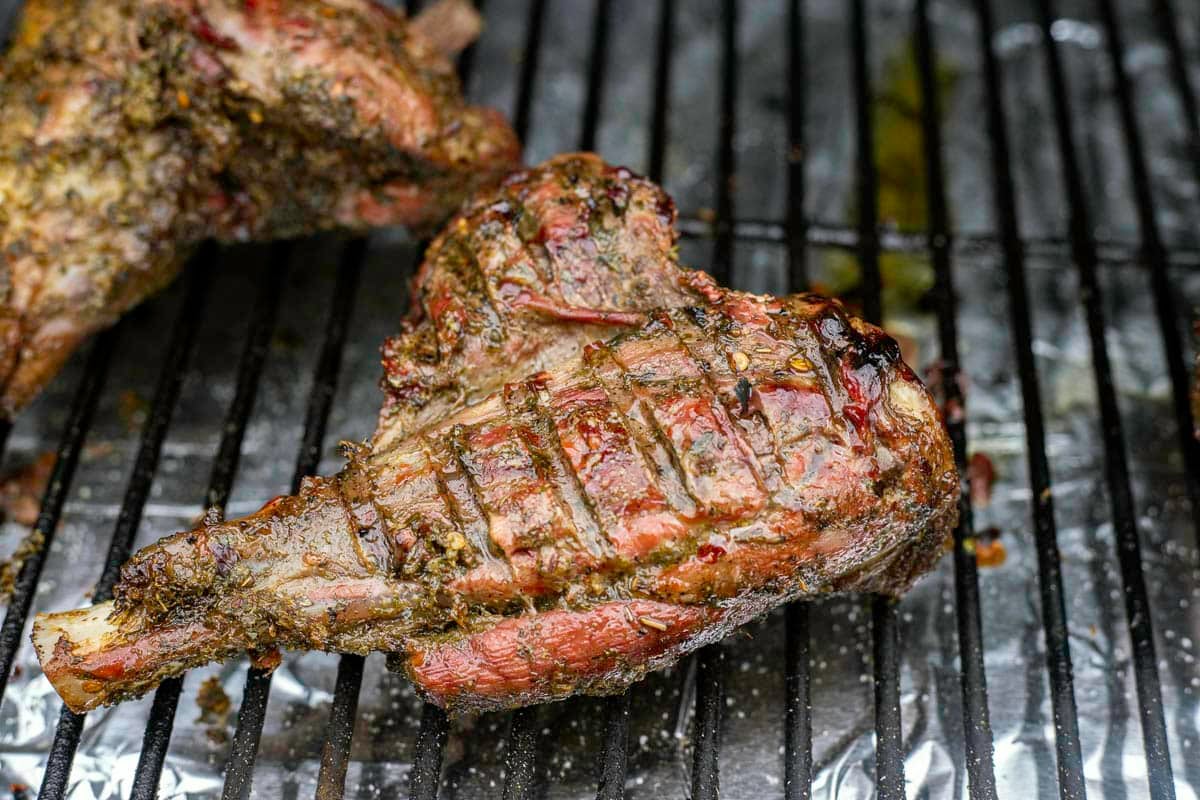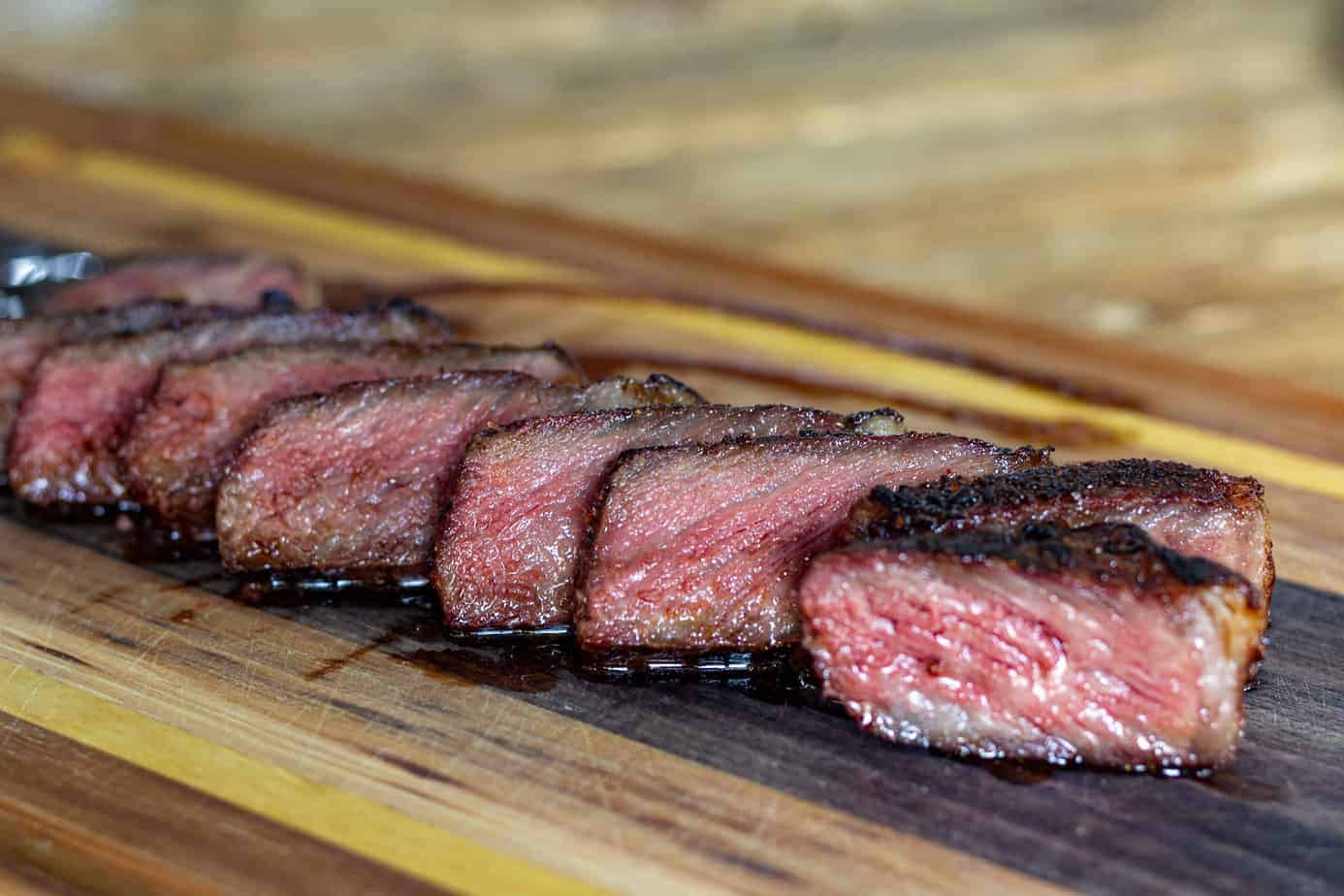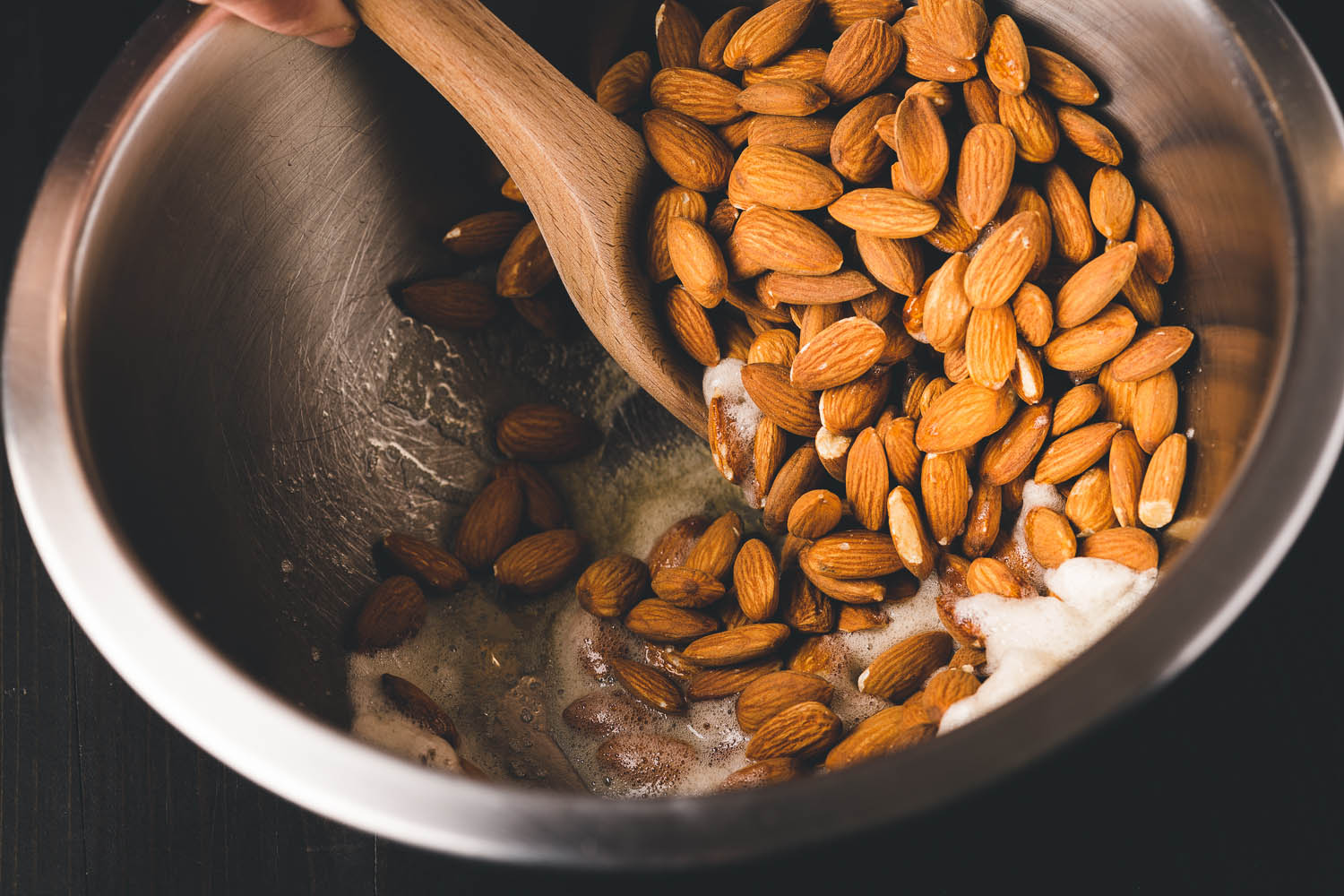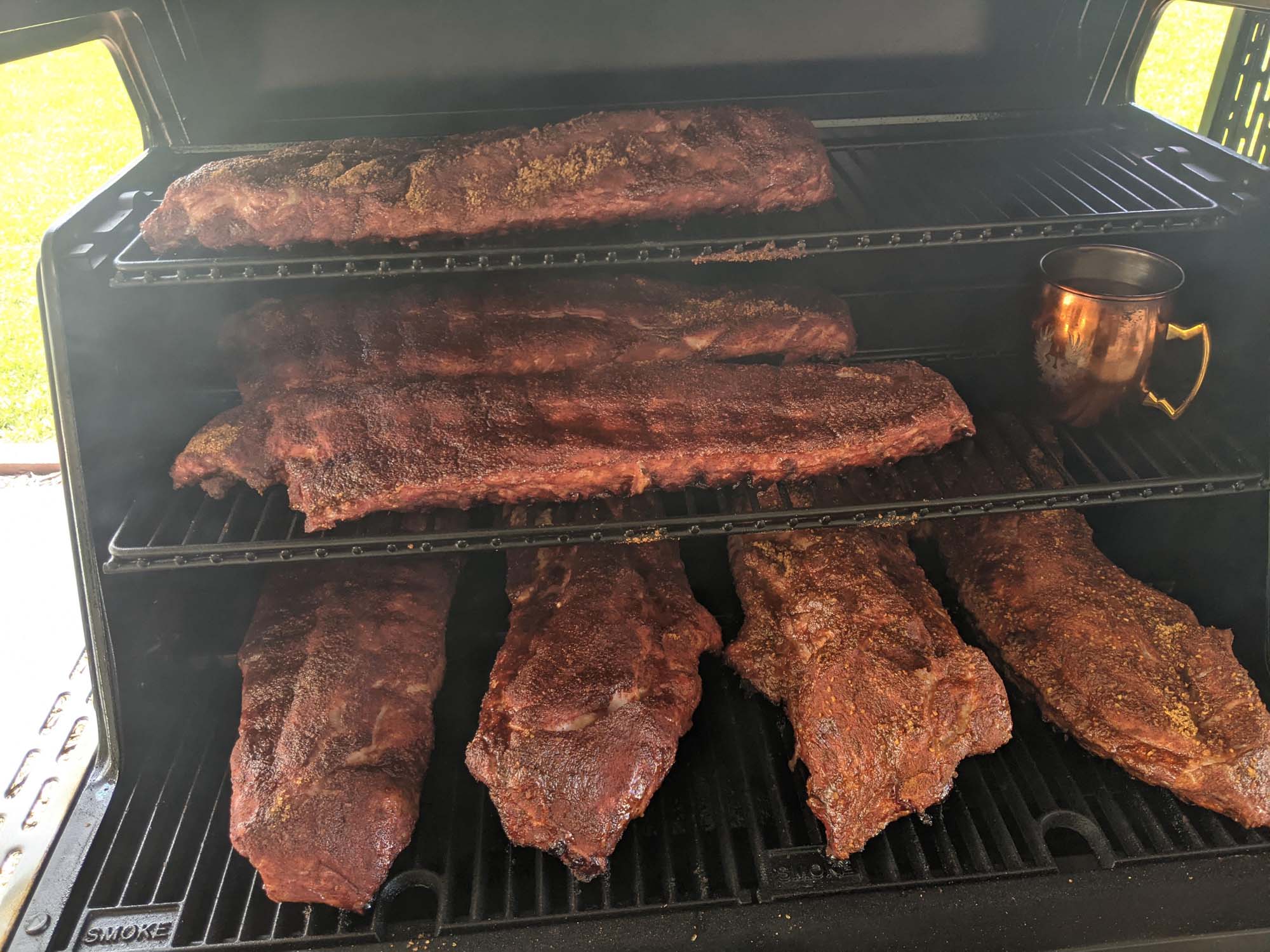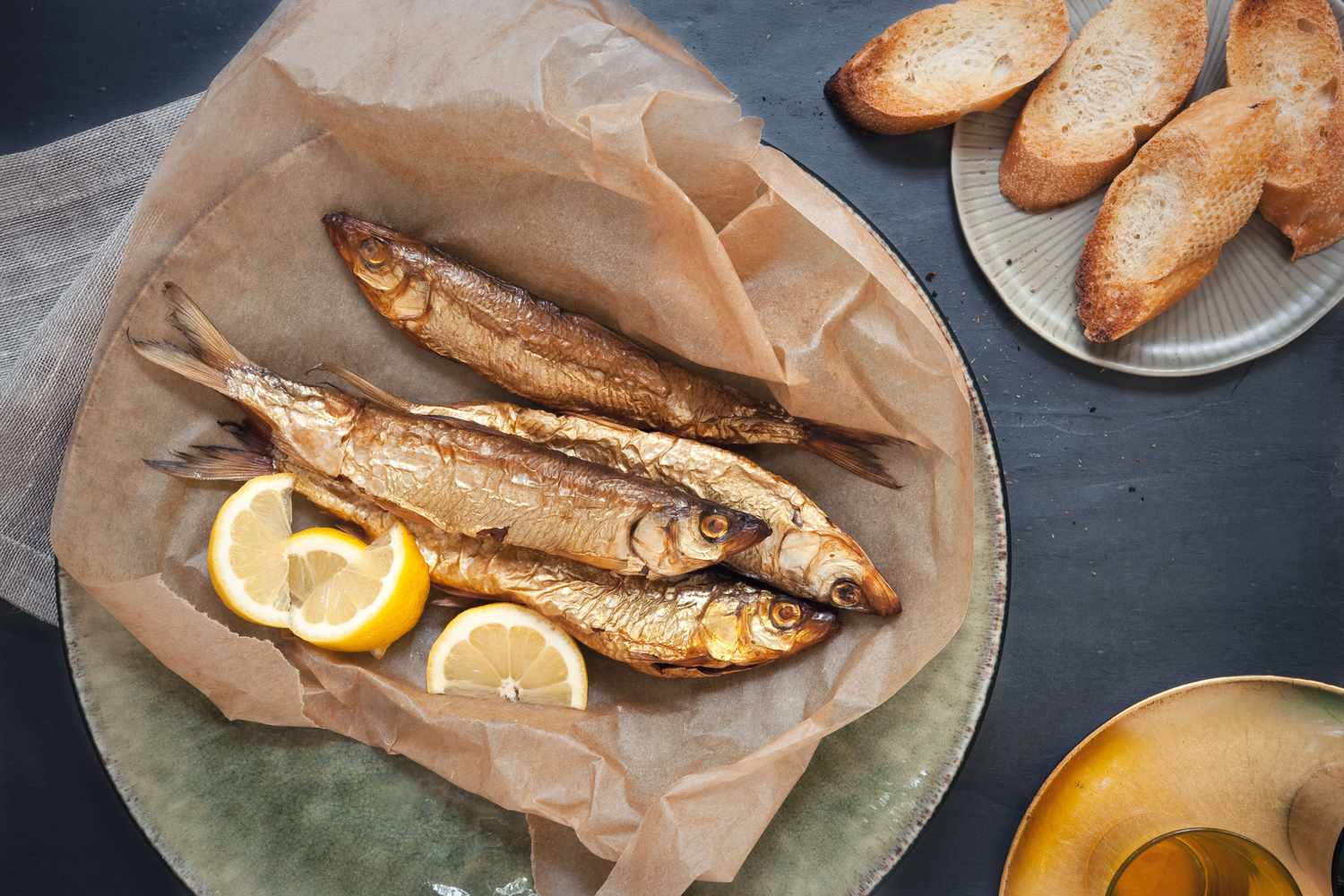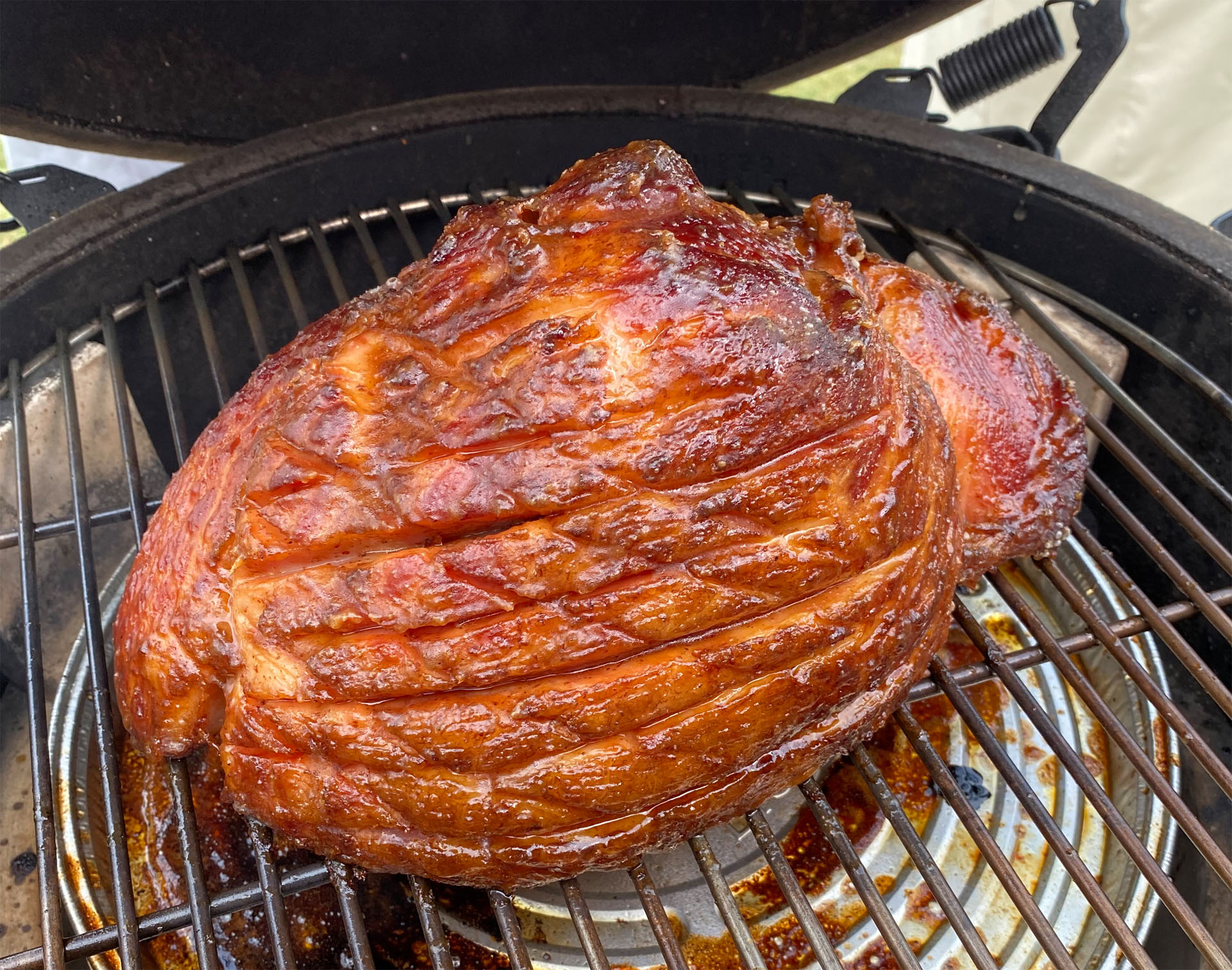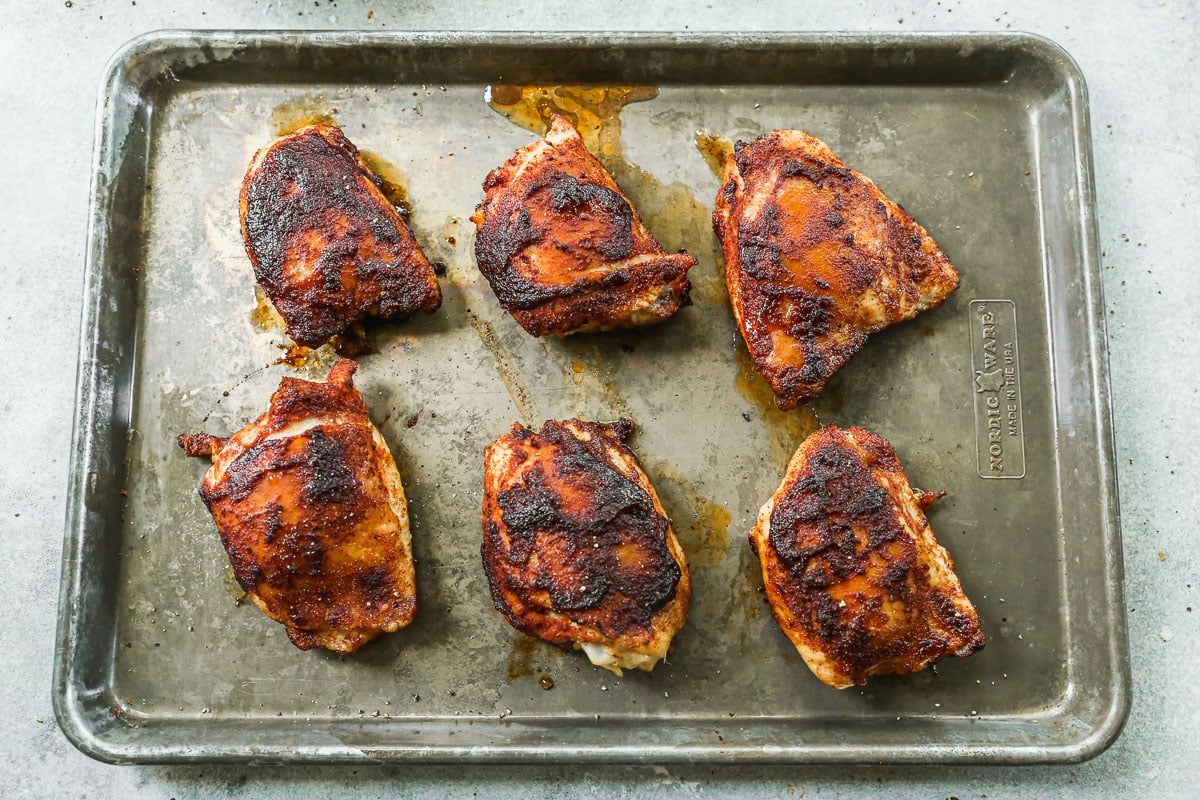Smoking Jerky: A Delicious and Flavorful Process
Jerky is a popular and tasty snack that can be enjoyed on its own or added to various dishes for an extra burst of flavor. While jerky can be made using different methods, smoking is a traditional and effective way to achieve that signature smoky flavor and irresistible texture. If you’re interested in learning how to smoke jerky at home, you’ve come to the right place. In this guide, we’ll walk you through the step-by-step process of smoking jerky to perfection.
Choosing the Right Meat
When it comes to making jerky, the type of meat you use plays a significant role in the final flavor and texture. While beef is a popular choice for jerky, you can also use other meats such as venison, turkey, or even fish. The key is to select lean cuts that are low in fat, as fat can spoil the jerky during the smoking process. Before slicing the meat, it’s important to trim off any visible fat to ensure the best results.
Preparing the Marinade
Marinating the meat is an essential step in the jerky-making process, as it helps infuse the meat with flavor and tenderizes it for a better texture. You can customize your marinade based on your personal preferences, but a typical jerky marinade includes ingredients such as soy sauce, Worcestershire sauce, brown sugar, garlic powder, onion powder, and black pepper. Feel free to experiment with different herbs and spices to create a unique flavor profile for your jerky.
Slicing the Meat
Once the meat has been marinated for an adequate amount of time, it’s time to slice it into thin strips. Aim for slices that are around 1/4 inch thick to ensure even cooking and the perfect jerky texture. If you have a meat slicer, this can make the process much easier, but a sharp knife and a steady hand will also do the trick.
Preparing the Smoker
Before you start smoking the jerky, it’s important to prepare your smoker for the process. Ensure that the smoker is clean and free of any residue from previous use. You can use wood chips or pellets to create the desired smoky flavor – hickory, mesquite, and applewood are popular choices for smoking jerky. Maintain a low and consistent temperature in the smoker, ideally around 160°F to 180°F, to slowly dry out the meat without cooking it.
Smoking the Jerky
Once the smoker is ready, arrange the marinated meat strips on the smoker racks, making sure to leave space between each piece for proper air circulation. Let the jerky smoke for several hours, periodically checking on its progress and rotating the racks if necessary to ensure even smoking. The jerky is ready when it has reached the desired level of dryness and has developed a rich, smoky flavor.
Storing the Jerky
After the jerky has finished smoking, allow it to cool completely before storing it in airtight containers or resealable bags. Properly smoked jerky can be stored at room temperature for several weeks, making it a convenient and delicious snack to have on hand. If you want to extend the shelf life, you can also refrigerate or freeze the jerky for later enjoyment.
Enjoying Your Homemade Jerky
Now that you’ve mastered the art of smoking jerky, it’s time to sit back, relax, and savor the fruits of your labor. Whether you’re enjoying it on a hike, adding it to your favorite recipes, or sharing it with friends and family, homemade smoked jerky is a versatile and flavorful treat that’s sure to impress. So, gather your ingredients, fire up the smoker, and get ready to indulge in the irresistible taste of homemade jerky.
With these simple steps, you can elevate your jerky game and create mouthwatering smoked jerky that will keep you coming back for more.
Was this page helpful?
Read Next: How To Smoke Meat In Your Oven?
